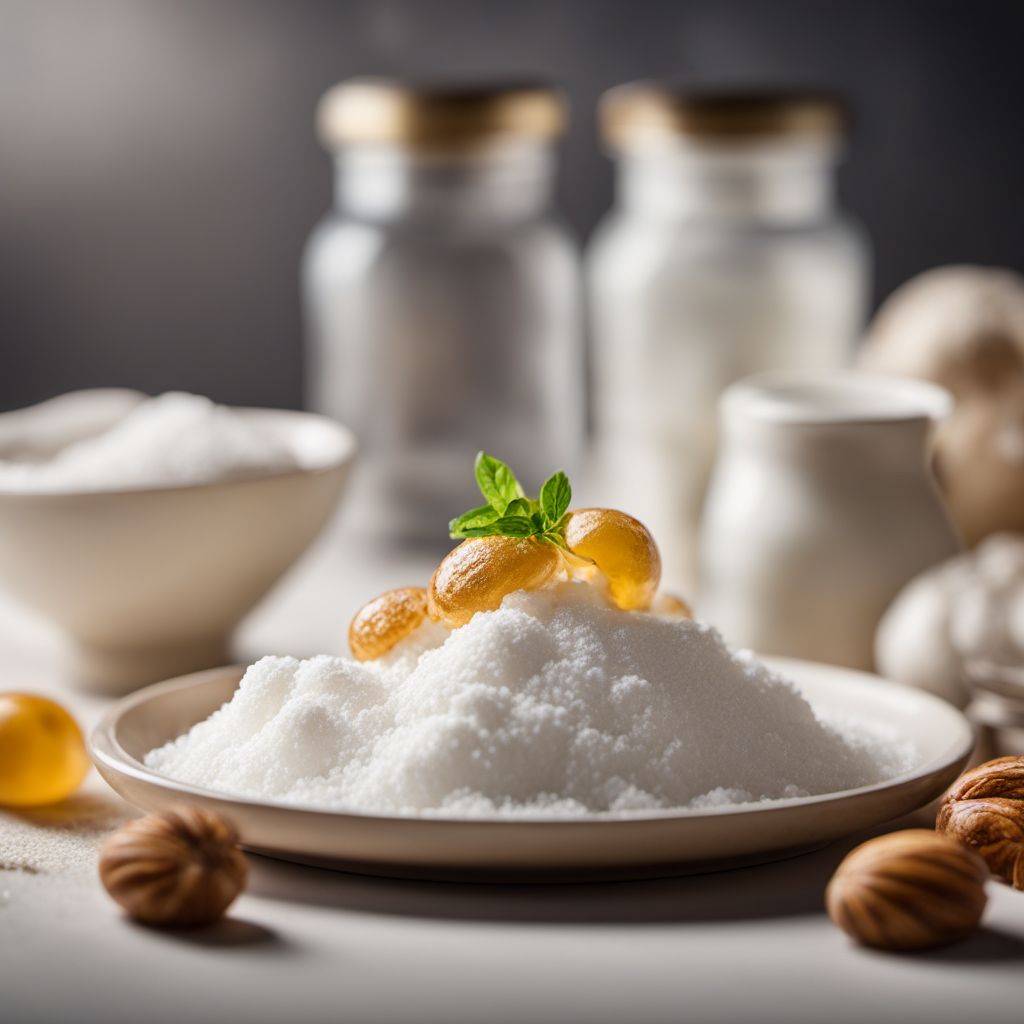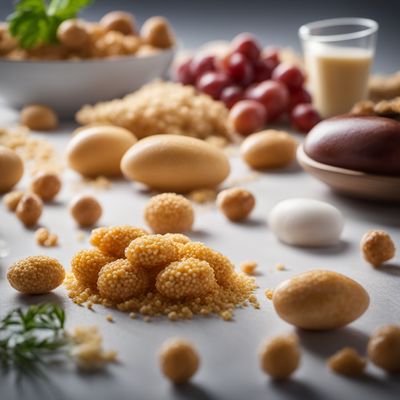
Ingredient
Propellent gas
The Power Behind the Spray: Unveiling the Secrets of Propellent Gas
Propellent gas, typically compressed or liquefied, is used in aerosol products to create pressure that expels the contents when the valve is opened. It is colorless, odorless, and tasteless, making it ideal for a wide range of applications. The gas can be stored under high pressure, allowing it to maintain its gaseous state until released. Its physical properties make it an essential ingredient in aerosol products, ensuring efficient and controlled dispensing.
Origins and history
The use of propellent gas in aerosol products dates back to the early 20th century when the concept of aerosol packaging was first introduced. The development of pressurized containers revolutionized the way products such as deodorants, hairsprays, and air fresheners were delivered. Over the years, advancements in technology and safety regulations have led to the use of different types of propellent gases, with a focus on minimizing environmental impact and maximizing efficiency.
Nutritional information
Propellent gas does not contribute any nutritional value as it is not consumed directly.
Allergens
Propellent gas is not known to cause any allergies.
How to select
When purchasing aerosol products, it is important to ensure that the propellent gas used is safe and compliant with regulations. Look for products that clearly state the type of propellent gas used and check for any safety certifications or approvals. Additionally, consider the environmental impact of the propellent gas and opt for products that use environmentally friendly alternatives, such as compressed air or nitrogen.
Storage recommendations
Propellent gas should be stored in a cool, dry place away from direct sunlight or heat sources. It is important to follow the manufacturer's instructions for proper storage to ensure the integrity and safety of the aerosol products containing the gas.
How to produce
Propellent gas is typically produced through industrial processes that involve compressing or liquefying gases such as hydrocarbons, fluorocarbons, or compressed air. The production of propellent gas requires specialized equipment and expertise, making it unsuitable for amateur production.
Preparation tips
As propellent gas is not consumed directly, there are no specific preparation instructions or tips related to its use. However, it is important to read and follow the instructions provided on aerosol products to ensure safe and effective use.
Availability
Propellent gas is commonly available worldwide, as it is used in a wide range of aerosol products.
More ingredients from this category » Browse all

Anti-caking agent
The Secret Ingredient: Unveiling the Magic of Anti-Caking Agents

Bulking agent
The Secret to Fluffy Delights: Bulking Agent

Glazing agent
Enhancing Food Appeal

Firming agent
The Secret Ingredient for Perfect Texture

Flour treatment agent
The Secret Ingredient for Perfect Baked Goods

Modified starch
The Versatile Transformations of Starch

Acidity regulator
The Balancing Act: Understanding Acidity Regulators

Binding agent
The Glue of Culinary Creations: Unveiling the Power of Binding Agents

Thickener
The Art of Creating Perfectly Thickened Delights

Flavour enhancer
The Magic of Umami

Acid
The Tangy Elixir: Unleashing the Power of Acidity in Culinary Delights

Stabiliser
The Secret Ingredient for Perfect Texture